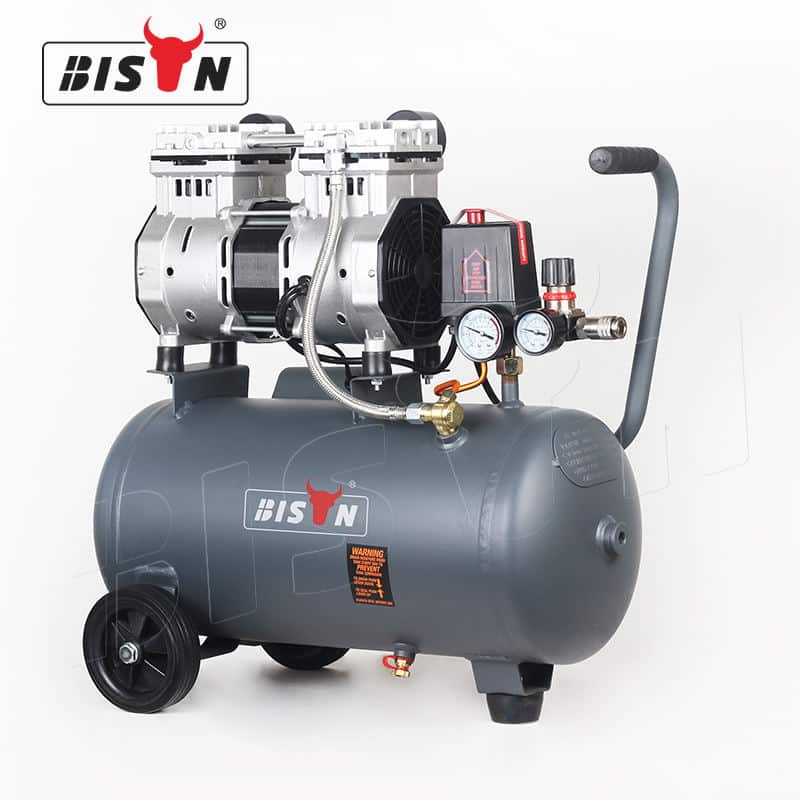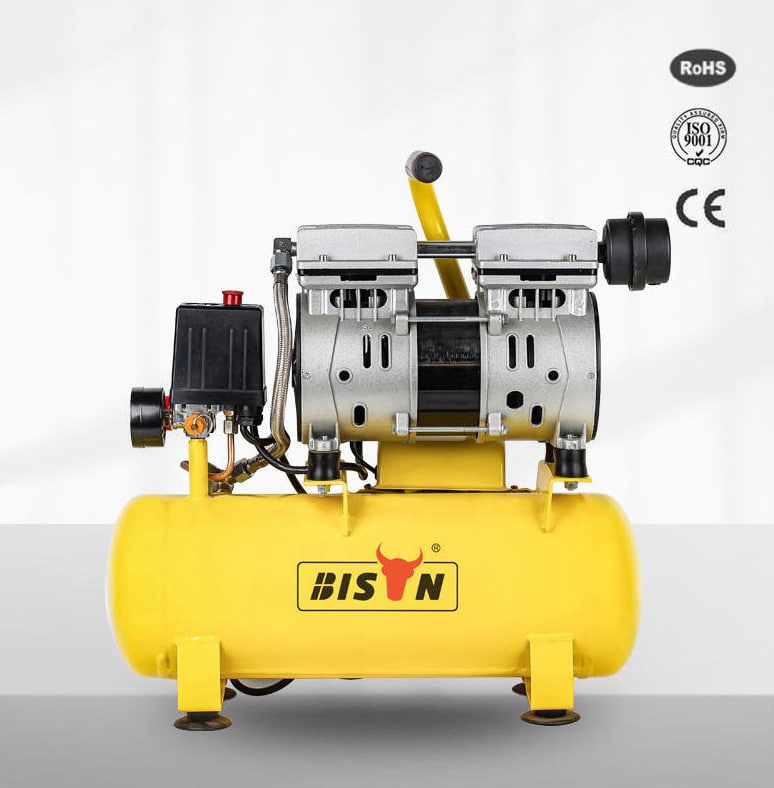air compressor blog
Major Signs & Guides for Replace Air Compressor Tank
- Feb 9, 2023
Air compressors are the machines used to compress air which can be found at many manufacturing facilities, auto shops, and more. These machines contain tanks that hold the compressed air and provide it when needed. When these tanks begin to degrade and wear out, they need to be replaced with new tanks so that these machines can continue working correctly and efficiently. In this article, we’ll take a look at the proccess of replacing your air compressor tank and discuss some tips for doing it safely.
3 Major Signs of Replace Air Compressor Tank
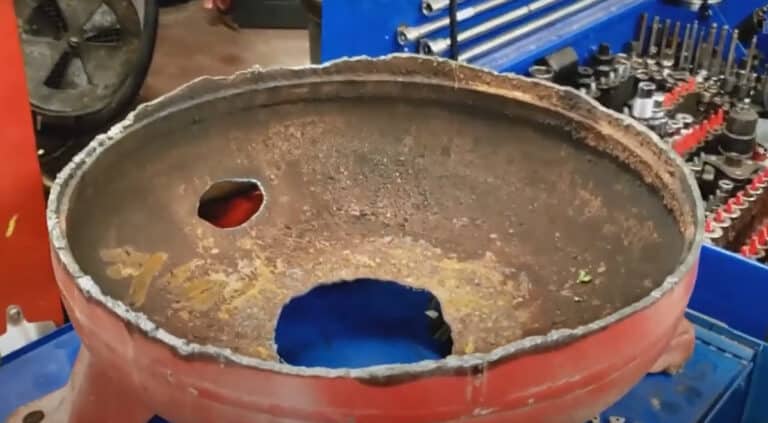
Rust on the exterior of the tank
Rust can be an issue for any air compressor tank, and it’s important to pay attention to it. Rust on the exterior of an air compressor tank can be an indicator that the tank is failing or deteriorating internally. If left unchecked, this rust can cause serious damage to the air compressor tank, which can lead to costly repairs or even a complete replacement.
If a customer notice rust on the exterior of the air compressor tank, it’s important to take action immediately. A repair kit may be able to fix the issue, but if the rust is severe, it may be best to replace air compressor tank altogether. Purchasing a new air compressor storage tank or a used air compressor tank can provide a much safer option than attempting to weld an old, rusting air compressor tank.
Dents or other damage to the tank
A damaged air compressor tank can present a safety hazard, so it’s important to replace the tank if customers notice any dents or other damage. In addition to being dangerous, a damaged air compressor storage tank can also reduce the performance of the system. The best way to ensure optimal performance is to replace the tank as soon as the customer detects any damage.
Leaks coming from the tank
The storage tank is one of the most essential components of an air compressor. A used air compressor tank is usually made of steel, which can be prone to wear and tear over time. If customers are using the air compressor for a long period, then it is likely that customers have encountered leaks coming from the tank. Leaks are not only annoying but can also cause safety risks if not addressed quickly.
Best Guide for Perfect Replacement of Air Compressor Tank
Remove the Old Tank
Shut off the compressor completely, open the drain valve and drain any remaining oil (if any) from the tank. Then expel all the air in it. This can be done by removing the drain valve at the bottom of the tank and draining it into a five gallon bucket until no more air bubbles come out. Then, close that valve and expel any remaining air by opening all other valves on the tank and allowing them to vent for about 15 minutes. Next, disconnect all hoses and connectors from the tank. Finally, you can use a wrench or pliers to loosen each nut on either side of the compressor baseplate until they are loose. This will allow you to completely remove the old air compressor air tank.
Clean All Fittings and Connections
If possible, use compressed air from an air compressor to remove dust from the fittings. If not, use a brush or rag to remove as much dust as possible from the inside of each fitting.
If the fittings are bolted or screwed, use pliers or a screwdriver to remove any loose dirt and debris caught between them.
If stubborn oil stains remain, wash with soap and water. Apply a small amount of dish soap directly to the end cap of each fitting and scrub.
Install the New Tank
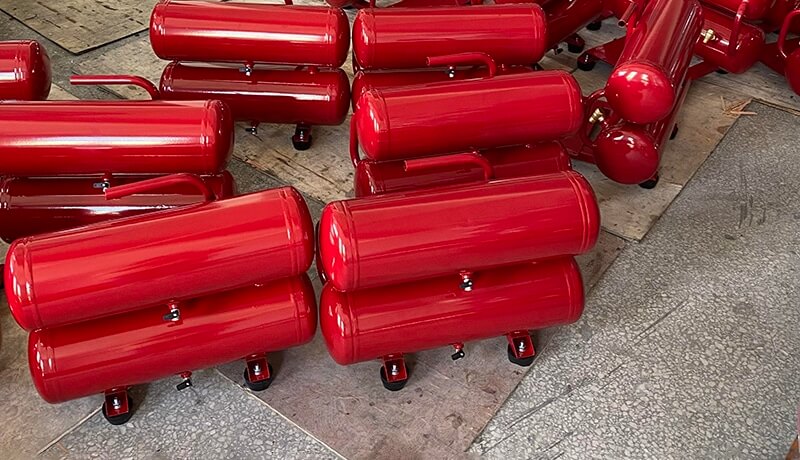
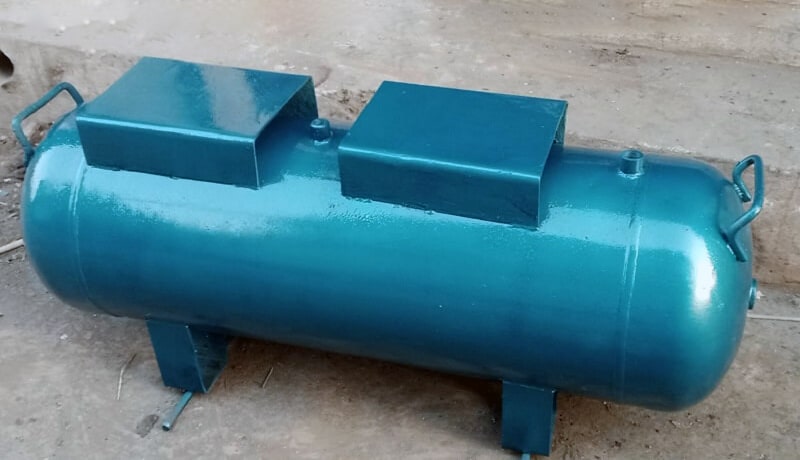
Next, unpack the new air compressor can and inspect it carefully before beginning the installation. Make sure all parts are included with your order along with any additional hardware required. Additionally, it’s important to check that the air tank is welded correctly, as any mistakes here can lead to dangerous consequences.
BISON ensures and double-checks all air tanks. This will also ensure that the customer’s air compressor is equipped with all necessary safety components, including pressure gauges, shutoff valves, and strainers.
Installing a new air compressor tank is a simple process. Install the new air tank to the brackets on either side of the trailer frame using carriage bolts and nuts. You may need to make adjustments so they fit together properly. Then reconnect the disconnected hose and you’re done.
Our Verdict
Your air receiver tank is an important part of your compressed air system. Having the right size air receiver keeps your system running safely and efficiently.
If you are unsure of your BISON air compressor tank size, or if you have questions about maintaining your tank for safe operation, BISON’s experts are ready to help.
7 Frequently Asked Questions about Replacing Air Compressor Tanks
What are the signs that I need a new air compressor tank?
What are the signs that I need a new air compressor tank?
If customers are considering replacing the air compressor tank in their homes. It's important to know what the signs are that the customer needs to do so. Several warning signs indicate it may be time to purchase a new tank. For example, if a customer hears the sound of hissing or sees bubbles coming out of the tank when the system is turned on. This means there is an issue with air pressure that needs immediate attention. In addition to this, if there is any noticeable rusting on parts of the tank then this also indicates that the current model has seen better days and should be replaced with a newer model as soon as possible.
How often should I replace my air compressor tank?
Maintaining your air compressor requires replacing the air compressor tank. The frequency of when you should replace your tank depends on the size and type of tank you have, the amount of use the compressor gets, and other factors.
BISON experts suggest that customers should check the tank's condition annually, or after every 500 hours of operation (whichever comes first). If there are any signs of corrosion or rusting, it is time to replace the tank. Additionally, if customers notice any deformation, dents, or leaks in your tank, then it is also time to replace it.
What are the benefits of replacing my air compressor tank?
Replacing your air compressor tank can bring several benefits. One of the most important is increased safety. Over time, metal tanks can corrode and become weak or worn. If a tank isn’t replaced when it needs to be, customers run the risk of an explosion or other serious damage. Replacing an air compressor tank will ensure that customers are working with a safe, reliable system.
In addition to safety, replacing an air compressor tank can also help to increase the efficiency of the air compressor system. Newer tanks are designed to hold more air, so customers won’t need to refill as often. This can save customers time and money in the long run.
If you have any enquiries about the BISON air compressor, we would love to hear from you.


